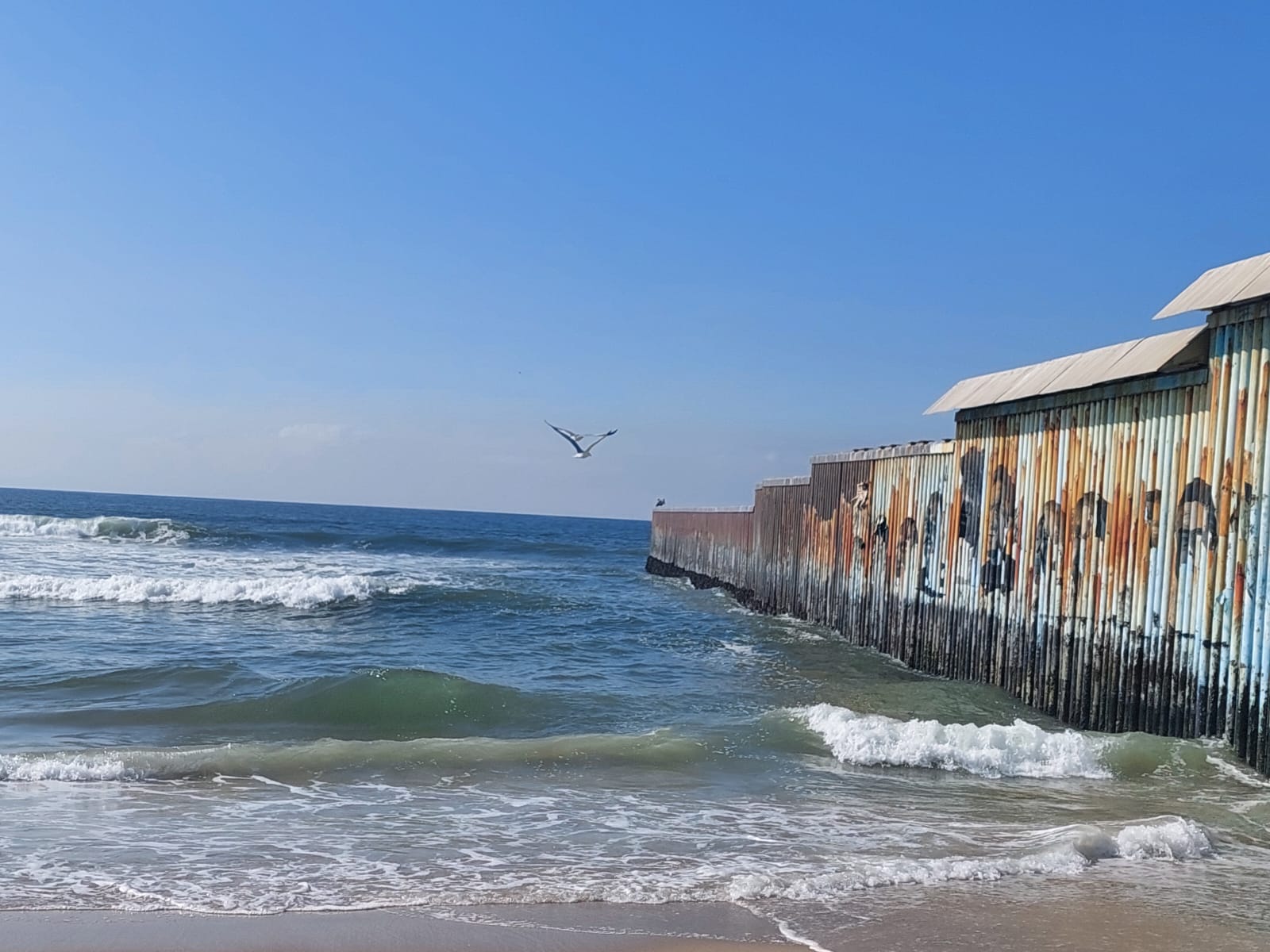
The Border Wall: History, Art, and Symbolism
El Muro Fronterizo: Historia, arte y simbolismo
Level: Beginner-Intermediate
El muro fronterizo entre México y Estados Unidos separa dos países, pero también conecta culturas. Este muro tiene una historia interesante. En los años 90, el gobierno de Estados Unidos construye las primeras partes del muro para controlar la migración. Hoy, el muro es más grande y divide ciudades como Tijuana en México y San Diego en Estados Unidos.
Muchas personas en Tijuana conocen el muro como un lugar de arte y protesta. En el lado mexicano, artistas pintan murales coloridos con mensajes de esperanza y unidad. Por ejemplo, Enrique Chiu, un artista famoso, crea el “Mural de la Hermandad” con la ayuda de voluntarios. Los murales no solo son arte; también cuentan historias sobre las personas que cruzan la frontera en busca de una vida mejor.
El muro también simboliza diferentes ideas. Algunas personas saben que el muro es una barrera política, pero otras lo ven como un espacio para la creatividad. En Playas de Tijuana, el muro llega hasta el mar. Este lugar es muy especial porque la gente se reúne allí para compartir historias, hacer arte y reflexionar sobre la frontera.
¿Tú conoces algo similar en tu país? ¿Sabes qué opinan las personas de tu comunidad sobre los muros o las fronteras? Este tema nos ayuda a pensar en las conexiones y separaciones entre las culturas.
The Border Wall: History, Art, and Symbolism
The border wall between Mexico and the United States separates two countries, but it also connects cultures. This wall has an interesting history. In the 1990s, the United States government built the first sections of the wall to control migration. Today, the wall is larger and divides cities like Tijuana in Mexico and San Diego in the United States.
Many people in Tijuana know the wall as a place for art and protest. On the Mexican side, artists paint colorful murals with messages of hope and unity. For example, Enrique Chiu, a famous artist, created the “Mural of Brotherhood” with the help of volunteers. The murals are not just art; they also tell stories about people who cross the border in search of a better life.
The wall also symbolizes different ideas. Some people know that the wall is a political barrier, but others see it as a space for creativity. In Playas de Tijuana, the wall extends into the sea. This place is very special because people gather there to share stories, create art, and reflect on the border.
Do you know something similar in your country? Do you know what people in your community think about walls or borders? This topic helps us think about connections and separations between cultures.